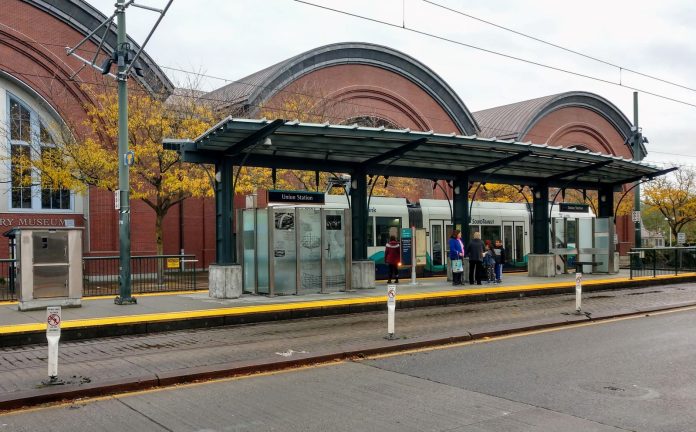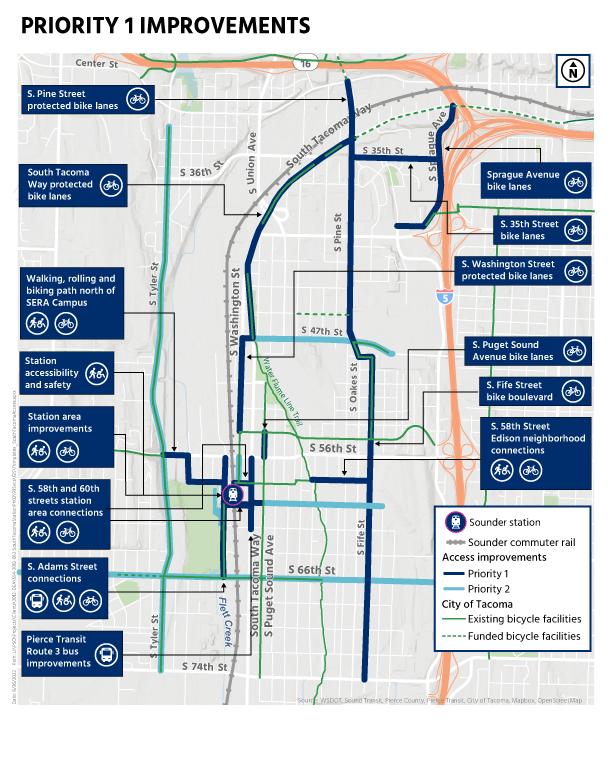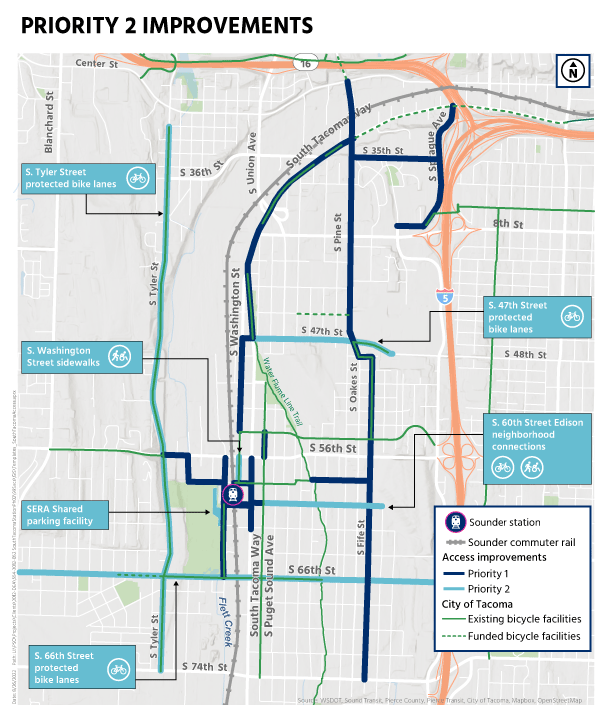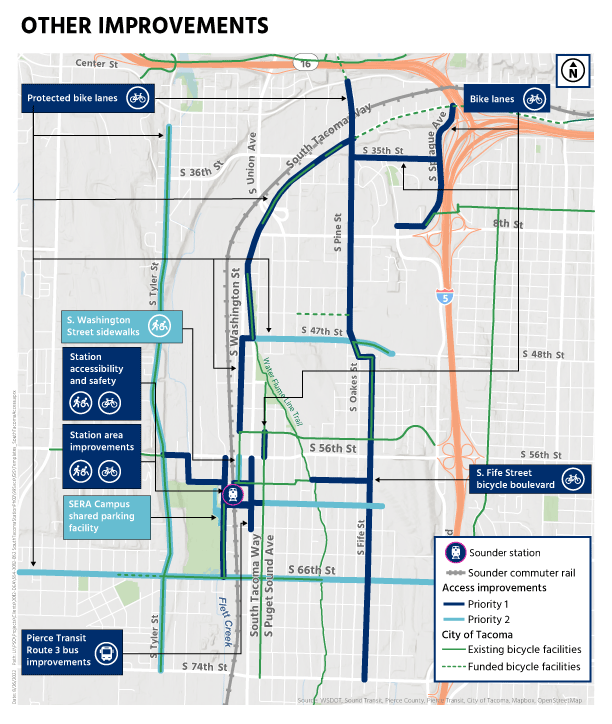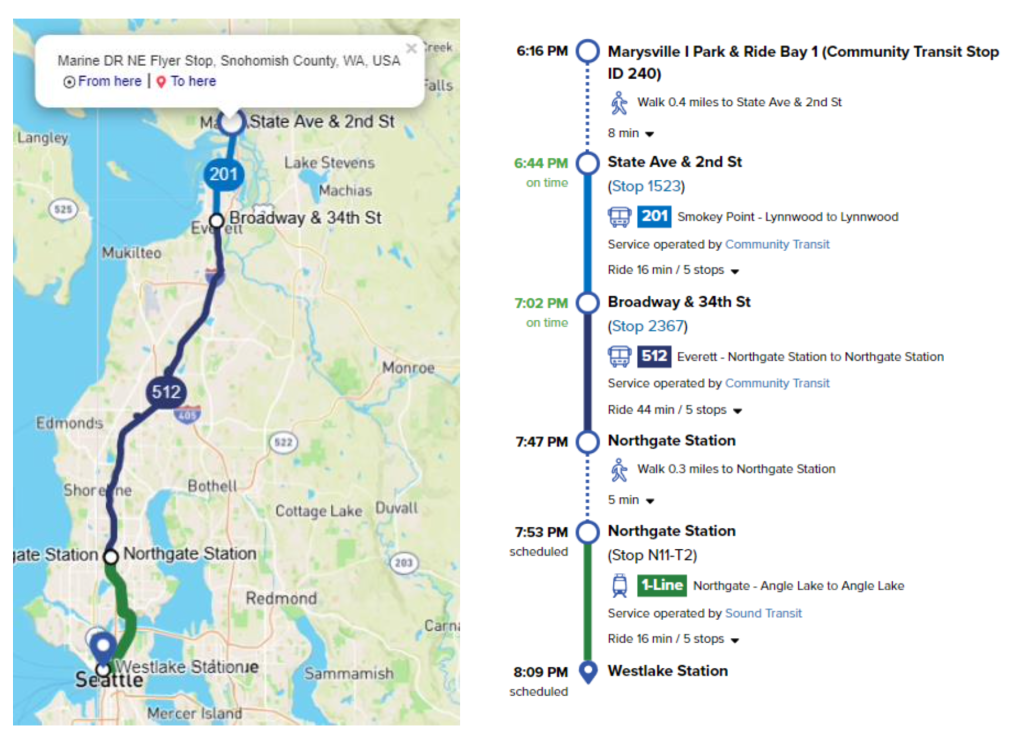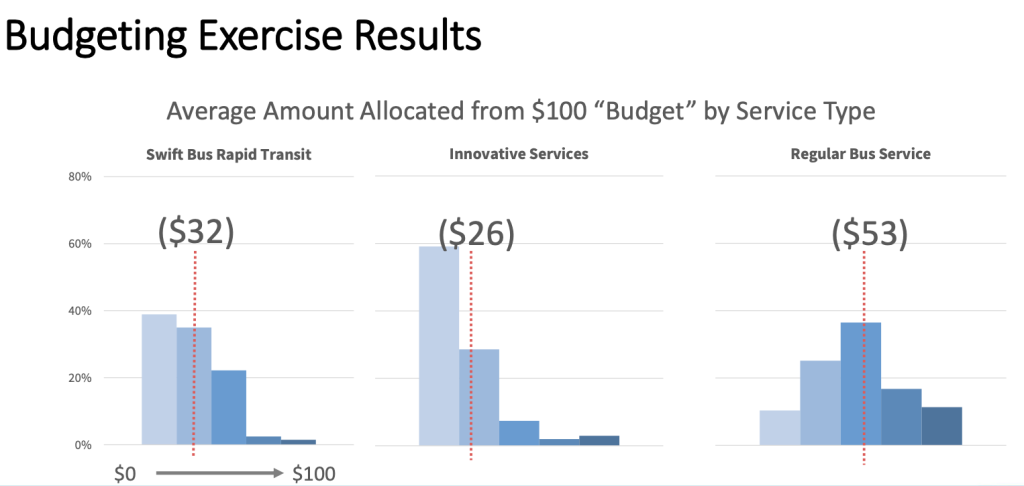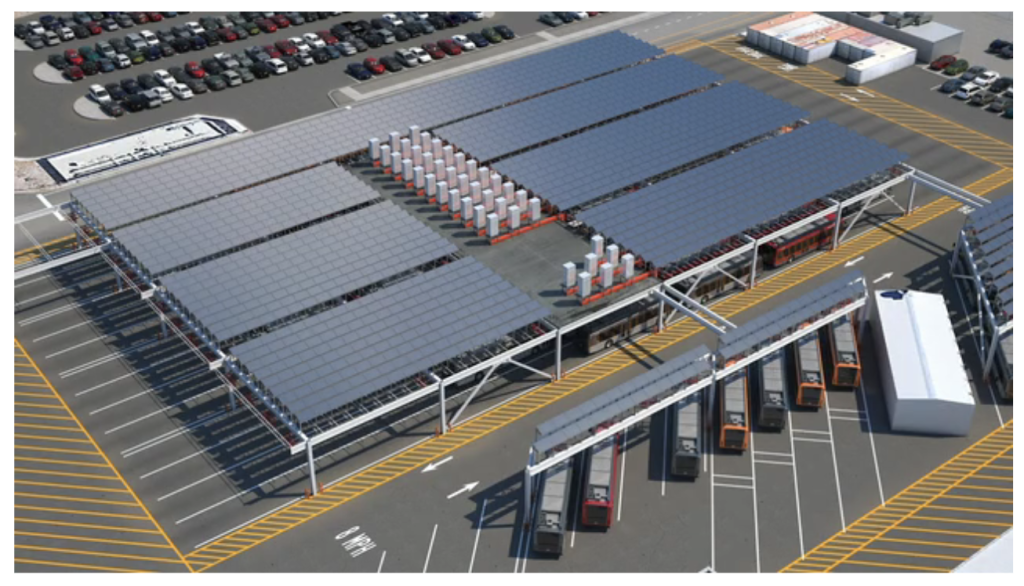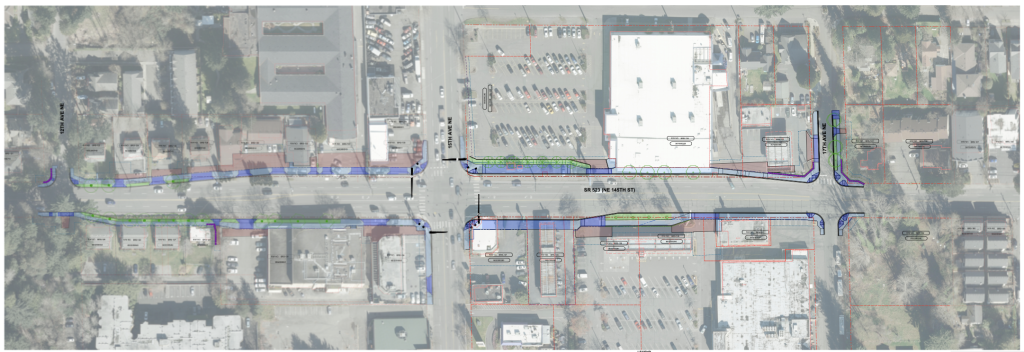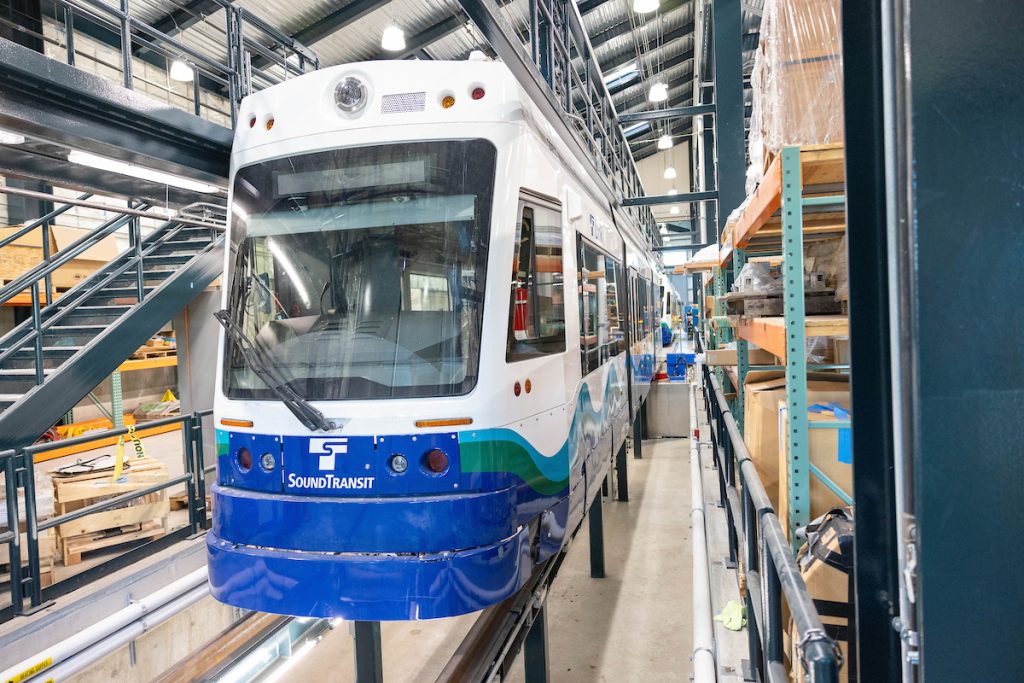This week’s Transpo Notes roundup is focused on Sound Transit and Community Transit updates. These include new details on Sound Transit’s South Tacoma Station access improvement, Stride bus rapid transit S3 Line, and Tacoma T Line projects as well as Community Transit’s planned technology enhancements and future planning work.
South Tacoma Station access improvements open for more public feedback
Sound Transit continues to study station access improvements for South Tacoma Station, which principally serves the Sounder S Line. Generally speaking, the access improvements are focused on pedestrian and biking facilities near the station.
The agency has put out three sets of potential access improvements. Priority 1 and 2 projects are distinct sets of tiered projects that Sound Transit could pursue while the third set of identified projects is a mix of Priority 1 and 2 projects. Funding is limited and the agency says that there may not be enough funding to complete Priority 2 projects without sacrificing some Priority 1 projects.
Priority 1 projects would deliver a big suite of bike lines north and east of the station, including protected bike lanes on S Washington Street, S Tacoma Way, and S Pine Street. Other key bike facilities could be added to S Fife Street, S 58th Street, S 35th Street, and select streets just west of the station. Priority 2 projects would deliver additional bike facilities near the station, including protected bike lanes on S 66th Street, S Tyler Street, and S 47th Street. The the third set of projects essentially blends the Priority 1 and 2 projects with eight specific improvements.
Sound Transit is seeking public feedback on priorities through December 5th through an online open house.
Community Transit outlines technology enhancements and future planning work
Community Transit is moving ahead with a suite of projects that will deliver new technology enhancements and chart the future.
- A new website and trip planning tool are on the way. The agency plans to make improvements for mobile devices and create a more useful way to plan trips. The trip planner will come with better search capabilities and navigation. Users will be able to directly plan trips via an interactive map, plan trips with bikes, get detailed walking instructions, and generate trips plans with real-time information. Rider alerts, bus locations, and bus loads will also be available.
- Over the summer, Community Transit began a process to develop a new long-range plan. Riders were asked how they would prefer to allocate funding in three main areas for service growth: Swift bus rapid transit, regular bus service, and innovative services. Using a budget of $100, respondents said that they would prefer to spend, on average, $53 for regular bus service, $32 for Swift, and $26 for innovative services. In terms of service support, regular bus service and Swift had the highest levels of positivity while there were much higher levels of skepticism of innovative services. How a full plan of growth priorities will shake out will be determined in the coming months.
- The agency is working through a zero-emissions feasibility study to identify system requirements and strategies for implementation. The study is looking at what it would take to convert the transit fleet to zero-emission vehicles, such as battery-electric buses (BEBs) and hydrogen fuel cell buses. Community Transit’s service area is quite expansive and may require intermediate charging stations at key locations to facilitate BEBs broadly as well as a new BEB base. The study is still early in the process.
Sound Transit unveils 60% design updates for the Stride S3 Line
Sound Transit’s Stride S3 Line has reached the 60% design milestone for the Shoreline, Lake Forest Park, and Kenmore areas with detailed roll plots for each segment showing proposed improvements. The agency says that designs for Bothell are forthcoming in the next few weeks. A full public feedback process related to the designs will come early next year and further changes are likely. Generally speaking, changes through the design process have weakened the overall impact of the project, watering down what is supposed to be bus rapid transit. The line will eventually replace Route 522 in 2027 to connect riders between Bothell/Woodinville and the new NE 148th Street Link station in Shoreline that is slated to open in 2024.
Last T Line light rail vehicle arrives in Tacoma
Last week, Sound Transit received its fifth and final light rail vehicle (LRV) for the Tacoma T Line Link extension. The agency has procured new LRVs from Brookville Equipment Corporation, more than doubling the line’s fleet and providing more rider-friendly and modern equipment. The LRVs are bigger than the line’s three existing Škoda 10 T vehicles and carry more than 100 riders. The T Line extension will add about 2.4 miles of service with six more stops between the Theater District and St. Joseph’s Medical Center via the Hilltop neighborhood. Sound Transit expects to open the line in first quarter of 2023. The line has been plagued with contractor delays, missing a spring opening this year. Construction and prep work continues on the line with more testing ahead.
Stephen is a professional urban planner in Puget Sound with a passion for sustainable, livable, and diverse cities. He is especially interested in how policies, regulations, and programs can promote positive outcomes for communities. With stints in great cities like Bellingham and Cork, Stephen currently lives in Seattle. He primarily covers land use and transportation issues and has been with The Urbanist since 2014.

